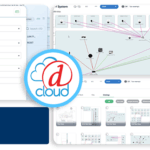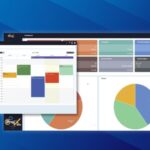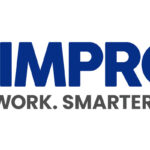DasNet is not immune to the mistakes or errors that can sometimes be encountered when interpreting client responses, designing solutions, installation and/or integration nuances or lapses in proper communications between staff and client members.
Some of these mistakes were fundamental business blunders, while others were mostly rooted in processes and procedures that were not properly followed, says David Salley, president and CEO.
“Business errors have been the easiest to rebound from, since they have mostly been procedural oversights that most firms make from time to time,” he says.
That includes improper formations of foreign branch offices due to new legal teams used instead of local agencies or the strategic positioning of the company based on Salley’s long-term vision and objectives as identified to senior staff and not provide the clarification(s) they require to be successful to meet those objectives.
“In order to alleviate the majority of mistakes we encounter at the project level, our team has defined a systematic approach that encourages the use of measurable statistical methods as a way of determining if our efforts will satisfy client requirements” says Salley.
Related: How Technical, Business and Military Smarts Helped DasNet Excel Against the Odds
“The only way to produce a quality product or render a quality service consistently is through a detailed process and the adherence by staff to those processes.”
DasNet utilizes a robust CRM system, accountable EVMS tracking processes, SharePoint portals for clients as well as internal usage, clear delineations of internal management divisions, program management processes, HR processes and procedures, employee engagement tools, quality control processes, and risk management to manage and execute our programs to ensure mistakes are mitigated or eliminated to the greatest extent possible.
Given that risk management has been found to be a centrally revolving theme over the years, DasNet began focusing more attention to “lessons learned” and incorporating those results into all of its programs and processes utilizing these basic tenets:
- 1. Identify Risk: DasNet reviews each project task for risk.
- 2. Measure Risk: DasNet measures risk using two factors: (1) the likelihood of occurrence and (2) the severity if it does occur.
- 3. Assign Risk Ownership: A manager is held accountable for managing all risks identified within assigned tasks.
- 4. Risk Plans: Risk mitigation plans are prepared in case the risk events were to occur or previous mitigation plans are utilized.
- 5. Continuous Monitoring of Risk: Real-time monitoring of on-going business practices to identify new risk conditions as they occur and such risks are incorporated into the risk mitigation plans.
- 6. Learn from Experience: Extremely important: In addition to the ongoing monitoring of DasNet’s business practices, our “Lessons Learned” approach is embedded within Das-Net’s quality control program for all to review.













